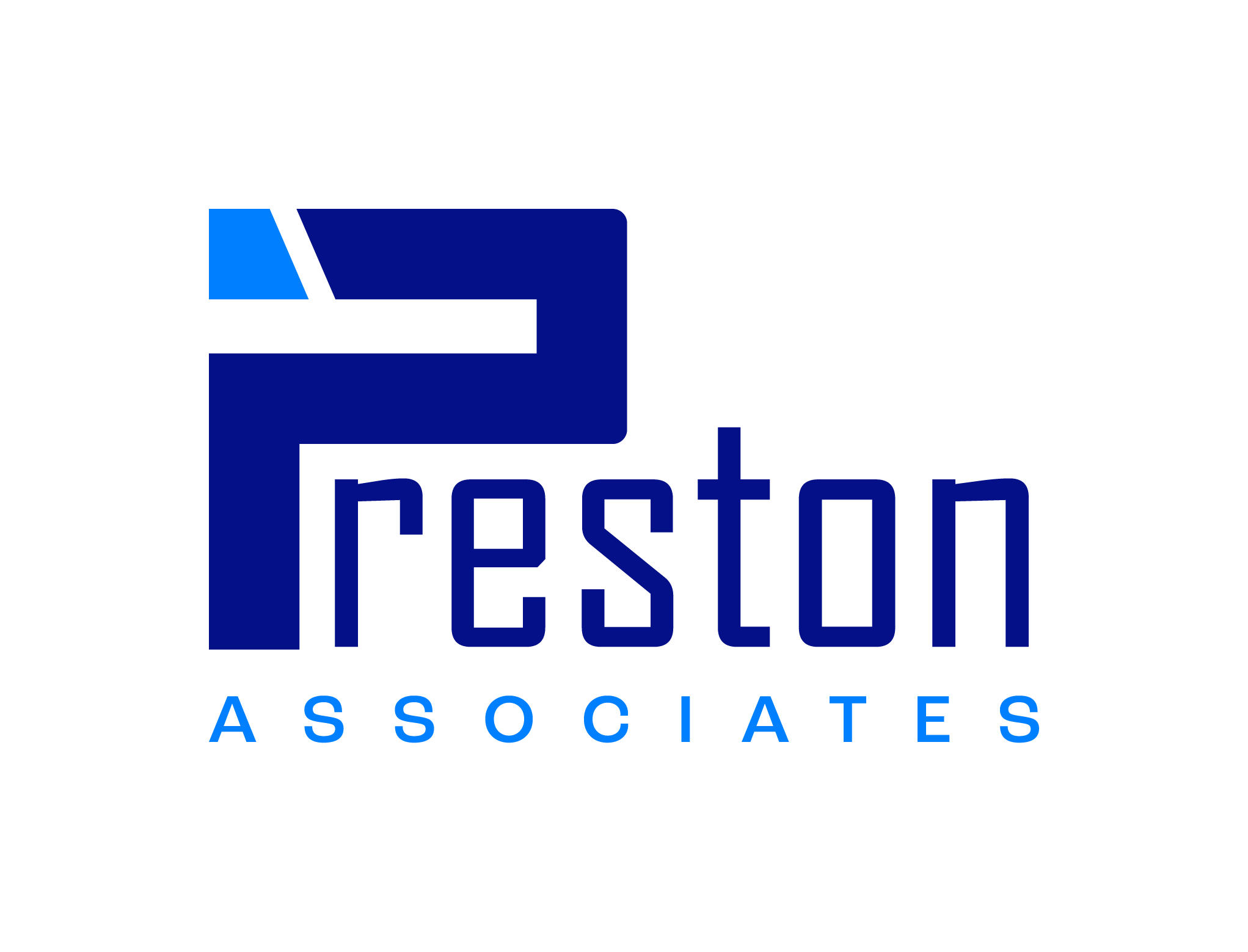Monitoring, Evaluation, and Learning (MEL) is a critical framework in project management, particularly within the development and humanitarian sectors. It is designed to systematically track the progress of projects and ensure that programs and interventions achieve their intended outcomes with maximum efficiency and effectiveness. As the global landscape evolves, so too does the MEL framework, driven by technological advancements, the adoption of new methodologies, and a growing emphasis on data-driven decision-making. These changes are redefining how MEL processes drive meaningful change at every level of project implementation.
Comparing Traditional and Innovative approach to MEL
Traditional Approach
- Logical Framework Approach focuses on clear, measurable and cause-effect relationships, highly structured and widely used for planning and evaluation. This is also used for projects with predictable outcomes.
- Results-Based Management emphasizes accountability, performance indicators, and systematic tracking of progress towards predefined results.
- Performance Monitoring focuses on real-time data collection and reporting, ensuring that projects stay on track and make necessary adjustments.
Innovative Approach
- Theory of Change focuses on understanding the underlying logic of a project and how change is expected to happen. It is iterative and adaptable.
- Developmental Evaluation emphasizes continuous learning, adaptation, and flexibility, making it well-suited for dynamic environments.
- Outcome Mapping emphasizes learning and contribution to change rather than attribution, making it suitable for complex and long-term development processes.
- Participatory Monitoring and Evaluation focuses on inclusivity, empowerment, and local ownership, often using qualitative methods.
- Mixed-Methods Approaches provides a more holistic view, capturing both numerical data and in-depth insights.
Key Trends in Monitoring, Evaluation and Learning
- Integration of Technology and Digital Tools: The adoption of digital tools and technologies is revolutionizing MEL processes. Mobile data collection apps, cloud-based platforms, and data visualization software enable real-time data gathering, analysis, and reporting. These technologies enhance data accuracy, reduce response times, and facilitate remote monitoring, especially in hard-to-reach areas.
- Data Analytics and Artificial Intelligence: Advanced data analytics and artificial intelligence (AI) are becoming integral to MEL. Machine learning algorithms can analyze large datasets to identify patterns, predict outcomes, and provide insights that inform decision-making. AI-powered tools can automate data analysis, allowing MEL practitioners to focus on strategic aspects of evaluation and learning.
- Participatory Approaches and Community Engagement: There is a growing recognition of the importance of involving communities in MEL processes. Participatory approaches ensure that the voices of beneficiaries are heard, fostering ownership and accountability. Community-based monitoring and evaluation methods leverage local knowledge and insights, leading to more relevant and sustainable outcomes.
- Adaptive Management and Learning: The future of MEL emphasizes continuous learning and adaptive management. Organizations are moving away from rigid, linear evaluation models to more flexible, iterative approaches that allow for real-time adjustments. This adaptive management ensures that programs remain relevant and effective in dynamic environments.
Past and Innovations Shaping the Future of MEL
- Geospatial Technologies: The use of Geographic Information Systems (GIS) and remote sensing technologies is enhancing MEL practices. Geospatial data provides valuable insights into spatial patterns and trends, supporting more targeted interventions. For example, satellite imagery can monitor environmental changes, track migration patterns, and assess infrastructure development.
- Internet of Things (IoT): IoT devices, such as sensors and smart meters, are providing new ways to collect real-time data. In agriculture, IoT sensors can monitor soil moisture levels, weather conditions, and crop health, feeding data directly into MEL systems. This real-time monitoring enhances the accuracy and timeliness of evaluations.
- Big Data and Predictive Analytics: The integration of big data and predictive analytics in MEL is enabling organizations to forecast trends and anticipate challenges. By analyzing large datasets from diverse sources, MEL practitioners can identify emerging issues, assess risks, and design proactive interventions.
- Social media and Crowdsourcing: Social media platforms and crowdsourcing are becoming valuable tools for data collection and community engagement. Social media analytics can provide insights into public sentiment and perceptions, while crowdsourcing allows for the collection of data from a large number of participants, enhancing the breadth and depth of evaluations.
Challenges and Considerations
- Data Privacy and Security: Protecting data privacy and security, especially when working with vulnerable groups, is a difficult and continuous task for MEL framework, therefore, there should be a balance for data-driven insights and the responsibility to protect sensitive information through strong data protection measures and ethical guidelines
- Capacity Building: There is low presence of required skilled personnel on effective use of advanced technologies and methodologies. A need to invest in capacity building and training for MEL practitioners to harness the benefits of these innovations crucial to
- Sustainability and Scalability: Innovative MEL approaches must be sustainable and scalable. Organizations need to consider the long-term viability of new technologies and methodologies, ensuring they can be maintained and scaled up as needed.
- Ethical Considerations: The use of advanced technologies and data analytics must be guided by ethical principles. Ensuring that interventions do not harm beneficiaries and that data is used responsibly is critical.
Conclusion
The future of MEL strategy is poised to be transformative, driven by technological advancements, innovative methodologies, and a renewed focus on accountability and learning. By embracing these trends and addressing associated challenges, organizations can enhance the effectiveness and impact of their programs, ultimately contributing to more sustainable and equitable development outcomes. As MEL processes continue to evolve, it will play a crucial role in shaping the future of development and humanitarian efforts worldwide.

